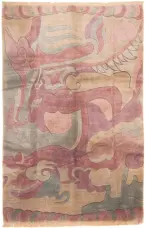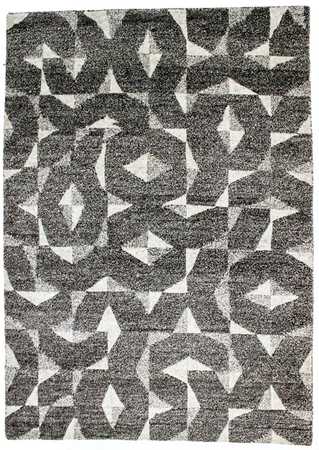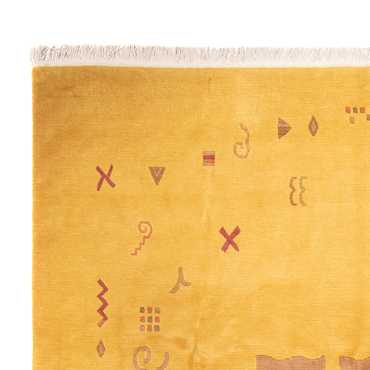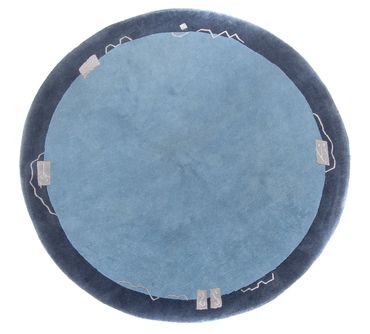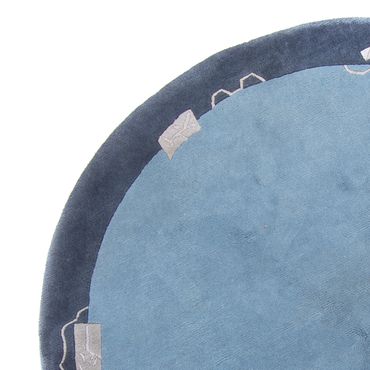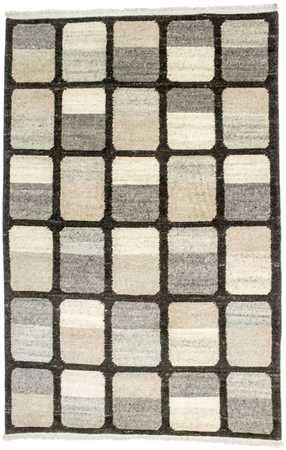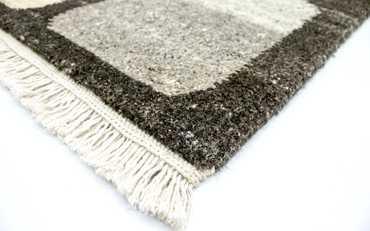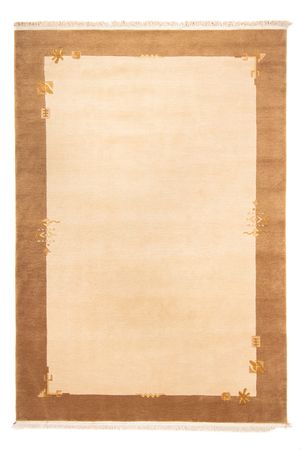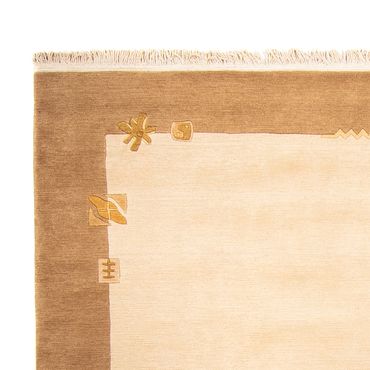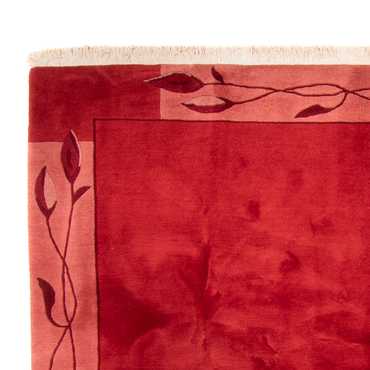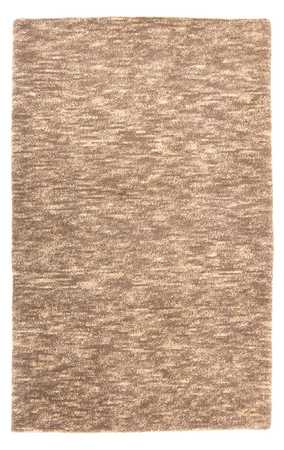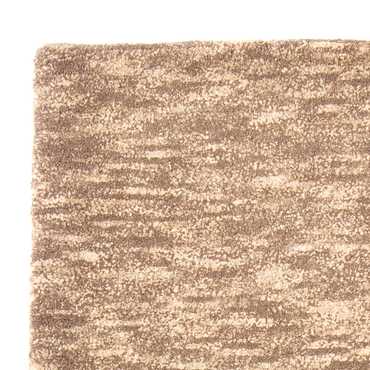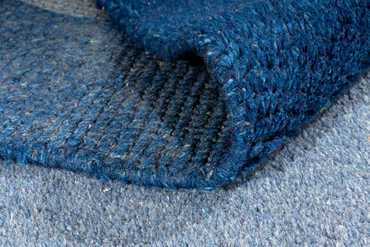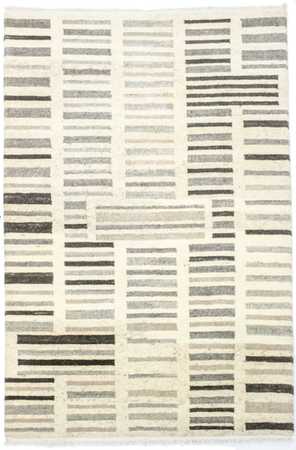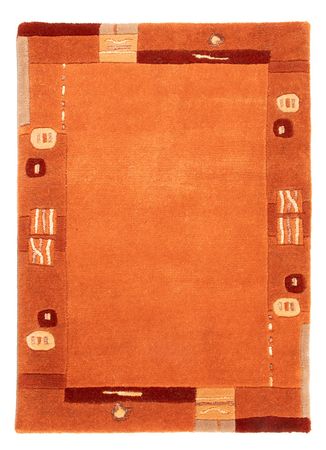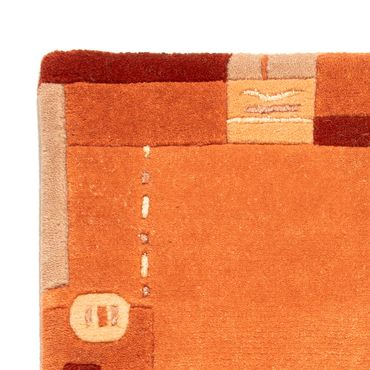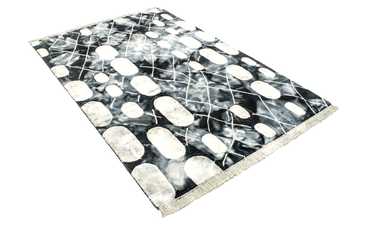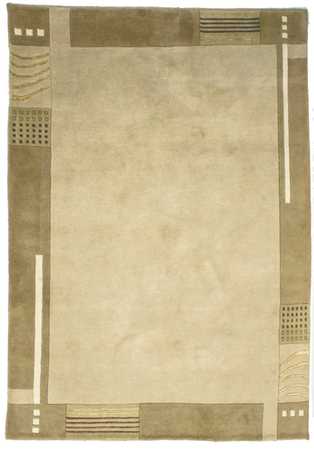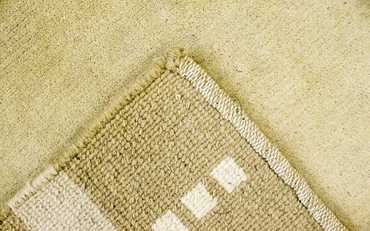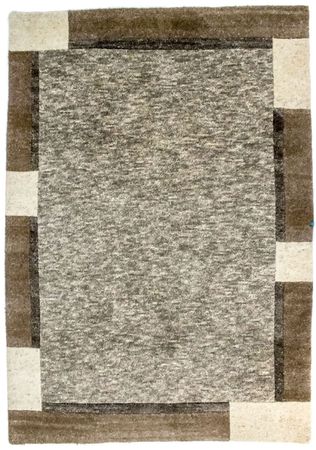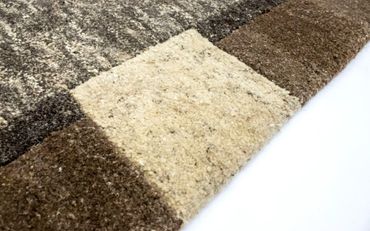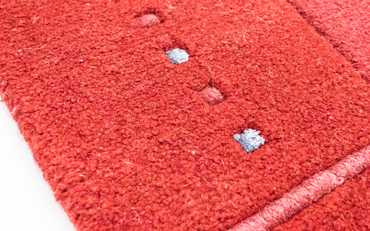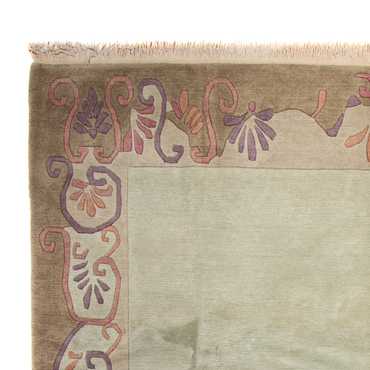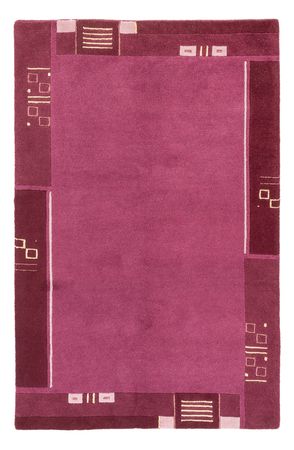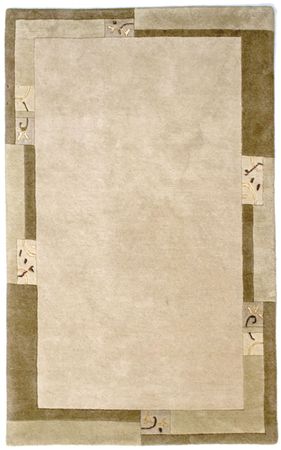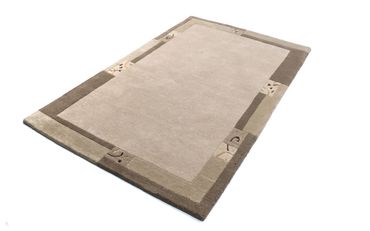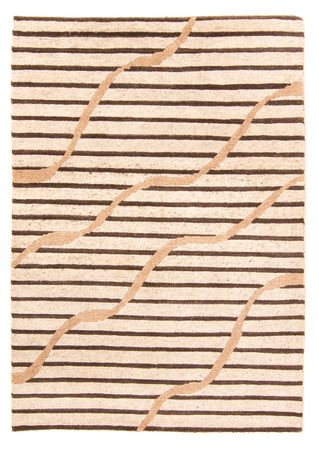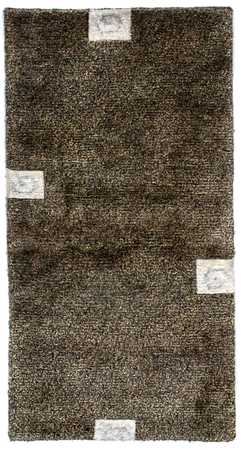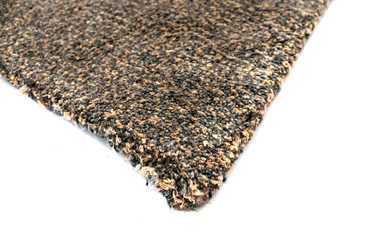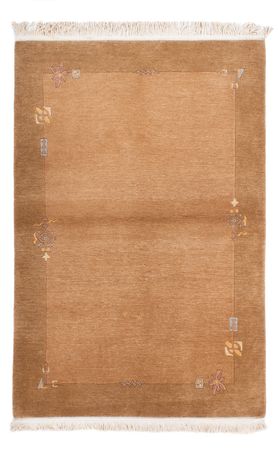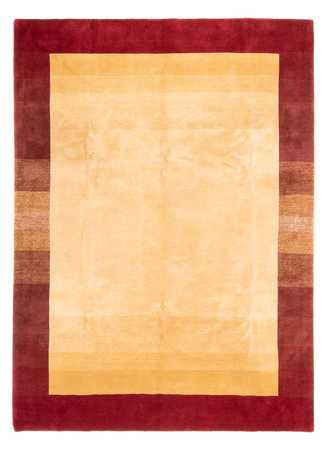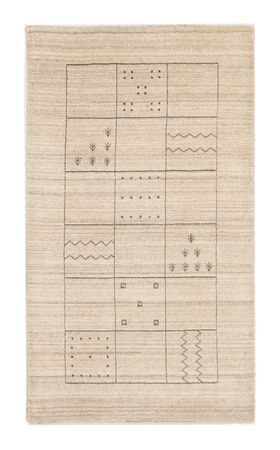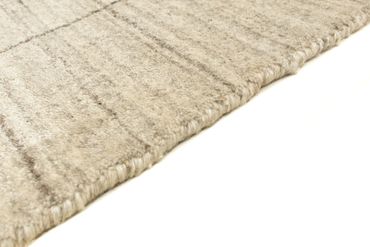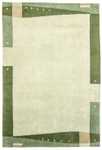- Nepal Rug -
201 x 148313 £759 £
- Nepal Rug -
357 x 2561,077 £
-
- Nepal Rug round -
210 x 210784 £1,568 £
-
- Nepal Rug -
202 x 140377 £901 £
-
- Nepal Rug - Sabaro - runnerfrom 457 £
834 £
-
- Nepal Rug - Royal -
355 x 2451,380 £
-
- Nepal Rug -
160 x 90133 £322 £
-
- Nepal Rug -
300 x 200256 £582 £
-
- Nepal Rug -
205 x 142307 £766 £
-
- -
90 x 6078 £
-
- Nepal Rug -
192 x 127427 £1,059 £
-
- Nepal Rug -
194 x 143215 £535 £
-
- Nepal Rug -
200 x 146307 £730 £
-
- Nepal Rug -
380 x 2911,898 £
-
- Nepal Rug -
230 x 160233 £562 £
-
- Nepal Rug -
351 x 2541,101 £
-
- Nepal Rug -
180 x 120198 £
-
- Nepal Rug -
191 x 121180 £409 £
-
- Nepal Rug -
140 x 7091 £206 £
-
- Nepal Rug -
202 x 141248 £614 £
-
- Nepal Rug -
140 x 7044 £106 £
-
- Nepal Rug -
200 x 141255 £
-
- Nepal Rug -
160 x 90140 £
-
- Nepal Rug -
178 x 121307 £
-
- Nepal Rug - Royal -
382 x 2992,202 £
-
- Nepal Rug - Royal -
347 x 2511,396 £
-
- Vintage Rug -
160 x 90307 £
-
- Nepal Rug - Neroa - rectanglefrom 133 £
260 £ - Nepal Rug - Neroa - rectanglefrom 133 £
257 £ - Nepal Rug - Neroa - rectanglefrom 133 £
241 £
![Green]()
![Beige]()
![Brown]()
-
Fine Nepalese rugs in artistic designs for your living space
If you are looking for a new rug and value special materials and a stylish look, then Nepalese rugs are definitely something you should take a closer look at. High-quality Nepalese rugs come from an old tradition.
They are made from the fleece wool of Nepalese sheep. A special feature of the Nepal rug is the way it is made: even today, a Nepal rug is still laboriously knotted by hand.
With approximately 40,000 to 90,000 knots per square metre, our Morgenland Nepal rugs are high-quality examples. The interesting knotting techniques of this type of rug were originally brought to Nepal by Tibetans and quickly gained worldwide fame for their exclusivity and unique quality.
High quality and special materials of Nepal rugs
A rug that is knotted by hand with such great effort cannot be made of a simple material. In fact, a high-quality Nepal rug is knotted from pure new wool from sheep. For this reason, hand-knotted Nepal rugs are not only of high quality, but also very soft and exceptionally durable.
With simple care, your rug will provide you with many years of loyal service and its soft material will be a real treat for you.
What are the basic characteristics of a rug from Nepal?
The tradition of rugs comes from Tibet. From there, people fled to Nepal in the 1950s, where they revived and further developed the art of rug weaving. Within a very short time, Nepalese rugs were coming to Europe because a Swiss initiative was promoting the Nepalese economy. The expert J. Iten-Matiz, in particular, made a name for himself in this regard.
He motivated Nepalese producers to orient themselves towards European tastes. As a result, they developed the typical border rugs with their pleasant colouring, which quickly became very successful.
The base weave of the rugs is made of cotton threads, while the pile is made of virgin wool with contour cuts. Silk may also be added. The mix of materials makes these rugs very durable, with pleasant running properties and a beautiful shine.
What are the advantages and disadvantages of Nepalese rugs?
These rugs have incredible advantages and a few minor disadvantages, which we do not want to conceal:
Advantages
robust weave and very rustic
elegant, timeless design
creative and modern borders
regulation of the room climate
heat-insulating
natural products made from up to 100% virgin wool
Disadvantages
initial lint formation
slight initial wool odour
relatively uniform and thus limited product design
Rugs from Nepal are always of excellent workmanship. The high proportion of pure new wool makes them very valuable, and the designs are timeless. Creatively designed border patterns give them their special touch. Their pile is durable and resists dirt very well. The monochrome field is purely a matter of taste. Some people like more colourful rugs.
The art of Nepalese rug making: tradition, quality and luxury design
Nepal, a landlocked country in South Asia, located between China and India and partly in the Himalayas, has become a centre of exceptional rug-weaving art in recent decades. Most of the manufactories are located in the Nepalese capital Kathmandu, which sources its wool from sheep in the surrounding highland pastures. This wool is characterised by its sensational quality and is considered to be very easy-care. Artificial additives are taboo in the manufacturing process, and Nepal rugs are traditionally knotted by hand.
The knot density can range from 90,000 to 280,000 knots per square metre, with an average of often 155,000 knots. Meanwhile, designer labels such as Luxor Style and Luxor Living create the rug patterns, which can therefore appear anything from simple and elegant to very unusual.
The Luxor Style label, for example, has developed the Swarovski collections Luxor Style Princess, Noblesse, Queen and Royal, which combine the Nepalese art of knotting with modern rug designs. The crystal embellishments that give the Nepal rugs a luxurious character come from Swarovski.
The knot density is given here in ‘knots’:
‘Knots’ has become the unit of measurement for the knot density of these rugs, with 200 knots corresponding to a density of around 280,000 knots per square metre, while the lower limit is 60 knots (around 90,000 knots). If a rug from Nepal has been knotted with 200 knots, it is made of pure silk.
Stylish rug designs for a great atmosphere
High-quality Nepal rugs will not only impress you with their great material, but also with their timeless design, which will delight every observer. With us, you will find hand-knotted rugs in a wide variety of shapes, colours and designs.
While these types of rugs traditionally display elegant Asian elements, a wide range of modern variations are now also available. So you are bound to find a Nepal rug that perfectly matches your individual taste.
Interesting variations of Nepal rugs in patterns and colours
We have the right rugs for lovers of oriental, timeless and modern styles. Whether you are looking for a rug in a muted colour such as a Nepal rug beige, Nepal rug red or brown, or you prefer eye-catching designs in blue or green, we have an interesting selection of beautiful rugs for you.
Whether classic and monochrome, discreetly patterned, colourful and eye-catching or with an extraordinary design – a Nepal rug is always a beautiful eye-catcher that enhances any room. Just as with the colours and patterns, you have a lot of choice when it comes to the size of your new Nepal rug. In addition to particularly large rugs, you will also find narrow and small rugs in our range.
If you are looking for a very special format, you can opt for a Nepal rug and thus acquire a very interesting accessory. There is a suitable Nepal rug or Nepal rug runner for every room in your home.
A beautiful Nepal rug for every room
A Nepal rug is a great way to enhance any room. We not only have the right rugs for your living room, but also beautiful examples for your bedroom or study. An elegant rug in a subtle colour goes well in any room. Such a piece is timeless and will survive numerous redecorations of your home.
But you can also opt for a Nepal rug measuring 250x350 centimetres, which will become the centrepiece of the room: a rug with an eye-catching pattern and bold colours stands out more and thus takes on the role of the most important accessory in the room. Particularly in living rooms and studies, striking rugs with typical Asian patterns are a great eye-catcher.
Maintaining the beauty of your rug with the right care
To make sure that your new Nepal rug still looks as good as new even after years of use, you should take good care of it. Since modern Nepal rugs are made from special highland wool, they require a care that is gentle on their wool grease. Therefore, you should not use ordinary rug shampoo that contains grease-dissolving substances.
Vacuum your fine Nepal rug regularly in the direction of the fibres. If it gets dirty, you can clean your Nepal rug by dabbing it and possibly using lukewarm water. This way, you will get a beautiful rug that will inspire you for many years to come with both its excellent quality and its extraordinary appearance.
Conclusion: Nepal rugs at affordable prices as special home accessories
With a Nepal rug, you acquire a high-quality product that impresses with its soft material, extraordinary knotting technique and great design. Whether elegant and timeless or eye-catching and modern: a Nepal rug is always an exclusive choice.
Nepal rugs are also durable and therefore particularly long-lasting. With a rug like this, you are making the right choice for your home – for bedrooms as well as living rooms or studies.
Interesting facts about Nepal rugs
Although today's Nepalese rugs were developed by Tibetan immigrants in the mid-20th century, the art of rug weaving was already known in the region before that. The wool of Nepalese sheep, which graze at altitudes of up to 4,000 metres in the Himalayas, is an excellent material for rugs of all kinds.
Frequently asked questions about Nepalese rugs
Why are Nepalese rugs considered to be of high quality?
Nepalese rugs are handmade by skilled craftsmen using high-quality materials such as Himalayan wool, pure silk and nettle fibres. The unique weaving techniques passed down through generations and the climate at high altitudes in the mountains create long-lasting rugs with rich, natural colours and textures.
How are Nepalese rugs made?
From harvesting Himalayan nettles to shearing sheep for their wool, every step in the creation of authentic Nepalese rugs is done by hand in small mountain villages. The wool and nettle fibres are spun by hand and then woven on traditional vertical looms to create intricate designs such as flowers, animals, paisleys and more.

